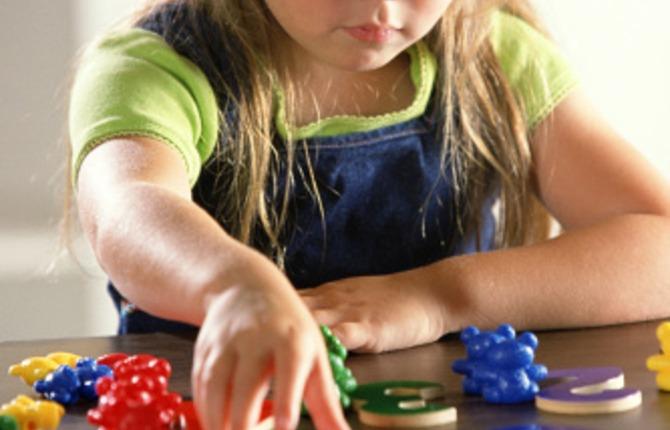
Sprinkling math learning onto everyday life
By Mandy Lam
As an Ontario Certified Mathematics Teacher with experience in teaching and mentoring K-12 students, I would like to share with parents of young learners ways to integrate, or I would say, to “sprinkle” mathematics learning moments into their everyday activities.
Shape up skills outside
Outdoor adventures in the fall are just as awesome of an experience as those in the summer. Take a walk in the woods and pick up some fallen leaves. While you are at it, talk about shapes and lines of symmetry. Find leaves that are symmetrical and leaves that are not. Play eye-spy for a pair of leaves that are congruent (same shape and size) and a pair of leaves that are similar (same shapes but different sizes).
As a math teacher, I have heard too many times of young students counting by saying “48, 49, 40-10”. A stroll in the park or a walk in the neighbourhood…you could remind your child about counting and skip-counting just about anywhere. Skip-counting sets the foundation for understanding patterns and the concept of multiplication. Help your child count in 2’s, 5’s, 10’s, or 100’s. For example, every two hops your child takes, count with them 2, 4, 6, 8… If skip-counting is challenging, use the strategy of “whisper skip-counting”. For example, skip-counting by 3’s would be: 1 (whisper), 2 (whisper), 3 (aloud), 4 (whisper), 5 (whisper), 6 (aloud)…
Baking days
We all know that a lot of math concepts are involved in the process of cooking or baking. This includes understanding measurements and proportions. When involving little learners during cooking or baking, provide them with questions to ponder on. For example, “If the recipe requires 3 eggs for 4 servings, then how many eggs would you think we need for 8 servings?” This typical classroom math problem now has an interesting real life context.
Patterning is one of the major units in the elementary school curriculum. If you are decorating baked goods with jelly beans, chocolate chips, candied chocolates, gummies, encourage your kids to create their own patterns.
- Repeating patterns – e.g. yellow pink pink yellow pink pink.
- Growing/shrinking patterns – e.g. a pattern of adding 3 more chocolate chips to the next cupcake than to the previous: 7, 10, 13, 16…For the Grades 4 to 6, growing or shrinking patterns can be created using multiplication or division.
A trip to the groceries store
To keep your kids from eyeing the next sugary snack, play a game of which they have to find five cylinders or five rectangular prisms. Juice boxes, soup cans, cereal packages…the grocery store is filled with 3D solids and geometric shapes. For the younger kids who are not too familiar with prisms and pyramids, this can be done with two-dimensional shapes. Look for triangles, squares, rectangles, circles, diamonds, and other polygons with your child. In addition to geometry, you could also review place values using price tags: the digits representing ones, tens, tenths, and hundredths.
Development of numeracy skills is a significant part of a growing young learner. Try making math learning fun and applicable to their everyday life by keeping in mind that math learning is not just an experience bound by the walls of the classroom. Counting, geometry, measurements, patterning can all be integrated into children’s daily activities. Teachers often look for ways to bring fun into the math classroom. Rather, I’d say…sprinkle a little math into their fun.
Mandy Lam, O.C.T. is a college mathematics instructor who also teaches K-12 mathematics programs at Education Power Inc. (www.educationpower.ca).







